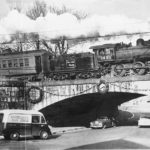
Belmont Timeline
Featuring events significant to the Belmont’s history and Belmont Citizens Forum issues.
1654
The John Chenery house, 52 Washington Street, is built. The Chenery house is the oldest surviving house in Belmont.
1760
The Thomas Clark House is built on what is now Common Street. “Local tradition maintains that the Clark family witnessed the beginning of America’s War for Independence from the hill behind this house, seeing smoke and hearing the sounds of war breaking out on April 19, 1775.” —Joseph Cornish, BCF Newsletter, January 2011. It was moved in 2012, and finally demolished in 2014.
1805
“Ice King” Frederick Tudor starts cutting ice from Fresh Pond. By 1816, Tudor is regularly shipping ice to Havana: by 1833, India.
1834
China-trade merchant John Perkins Cushing purchases 117 acres in Watertown. He names his estate “Bellmont.”
1840
Samuel O. Mead builds a private school.
1849
The Fitchburg Railroad opens with service from North Station, Boston to
1853: The William Flagg Homer House, now the Belmont Woman’s Club, is built.
Waltham via Belmont.
1852
The Fitchburg Railroad buys Mead’s building for use as Wellington Station.
1853: The William Flagg Homer House, now the Belmont Woman’s Club, is built.
1859
More than a thousand citizens move to create a new town on land taken from Watertown, Waltham, and West Cambridge (now Arlington). John Perkins Cushing agrees to finance the move on the condition that the new town be named after his estate, Bellmont.
1879
Wellington Station is moved to the Underwood estate.
1881
The Massachusetts Central Railroad opens with service from Cambridge to Hudson via Belmont.
1888
John H. and Robert A. Parry open their brickyard at Concord Avenue and Underwood Street. Their excavations become what is now Clay Pit Pond.
1895
McLean Hospital opens its new campus in Belmont, Massachusetts.
1908
The Boston and Maine Railroad builds the Common Street bridge and the Belmont railroad station.
1926
The Parry Brothers’ brickyard closes, leaving behind a “Mike Mulligan” steam shovel in what is now Clay Pit Pond.
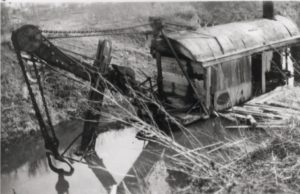
An 1884 Marion power shovel, said to have been taken in 1926 after Clay
Pit closed. This photo won a prize from the Marion Company for being a picture of its oldest shovel. Image courtesy of Michael Chesson/Belmont Public Library.
1931
Architect Rachel Raymond builds what may have been the earliest modern house in New England on Park Avenue. The Belmont Hill School demolished it in 2006.
1940
Carl Koch house built on Snake Hill Road.
1948
The Architect’s Collaborative (Walter Gropius and Benjamin Thompson) builds the Howlett House on Pinehurst Road.
1979
Wellington Station is moved to its current site.
1982
Following the 1981 train collision death of a high school student, the Belmont Board of Selectmen appoints the Underpass Study Committee to evaluate a tunnel beneath the railroad tracks at Alexander Avenue.
The committee finds underpass is too expensive, but recommends a gated pedestrian and bicycle crossing with gate, and speculates that the state might pay for a bicycle path.
1999
The Belmont Citizens Forum is organized.
2002
Belmont Citizens Forum funds two demonstration “international style” crosswalks. Belmont adopted the design town wide in 2004.
2003-2004
The BCF recruits students from the Boston Architectural Center and MIT’s Department of Urban Studies and Planning to rethink designs for Belmont Street/Trapelo Road corridor.
2004
Northland settles the Belmont Citizens Forum’s lawsuit over its sewer connection permit on the McLean land. The settlement allows the BCF later to buy a portion of the Fitchburg line right of way for a future bicycle path.
2008
The state transfers Lot 1, a 54-acre parcel of surplus land in Lexington and Waltham, to the Massachusetts Department of Conservation and Recreation, filling in the “missing link” and making the Western Greenway loop trail possible.
2008
BCF purchases “Duddy” parcel railway right-of-way north of the Fitchburg Line along Channing Road for a future bike path.
2010
Belmont gets 8.5” of rain in three days, the third “100 year storm” in 15 years.
2010
Construction begins on Belmont’s first community path, the Fitchburg Cutoff Path from Brighton Street to Alewife Station.
2012
The Board of Selectmen forms the Community Path Advisory Committee to identify potential routes and solicit community input about a future path connecting the Brighton Street Path with the Mass Central Rail Trail to the west.
2013
Renovation of the Trapelo Road/ Belmont Street Corridor begins.
2016
After years of citizen opposition, Belmont issues a building permit for the Belmont Uplands; the Silver Maple Forest is promptly razed.
2017
The BSC Group wins award from American Council of Engineering Companies of Massachusetts for Trapelo Road/ Belmont Street redesign—inspired by students’ plans presented by the Belmont Citizens Forum in 2004.
2018
The Belmont Board of Selectmen appoints the Community Path Project Committee.


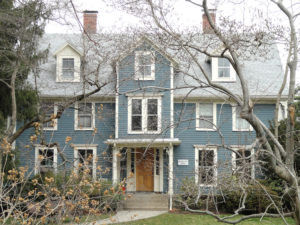
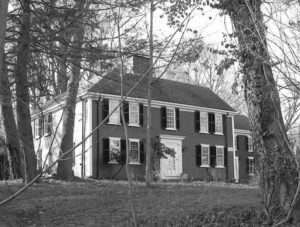
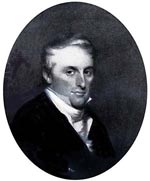
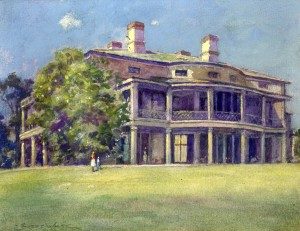
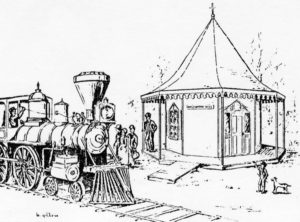
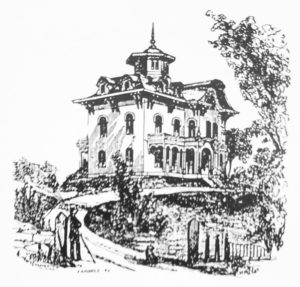

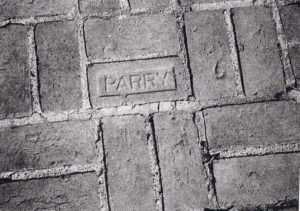
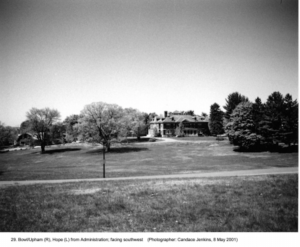

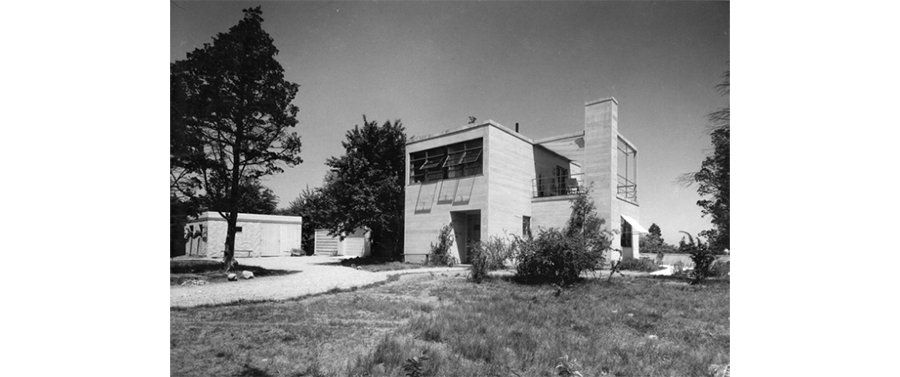
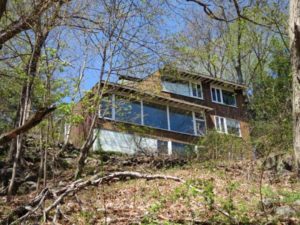
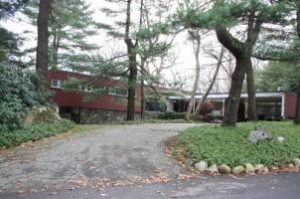
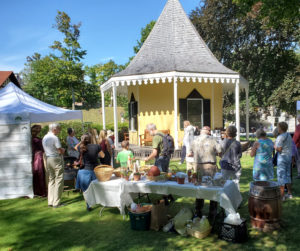
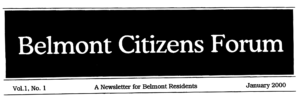
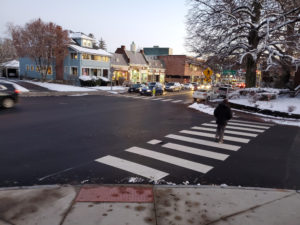
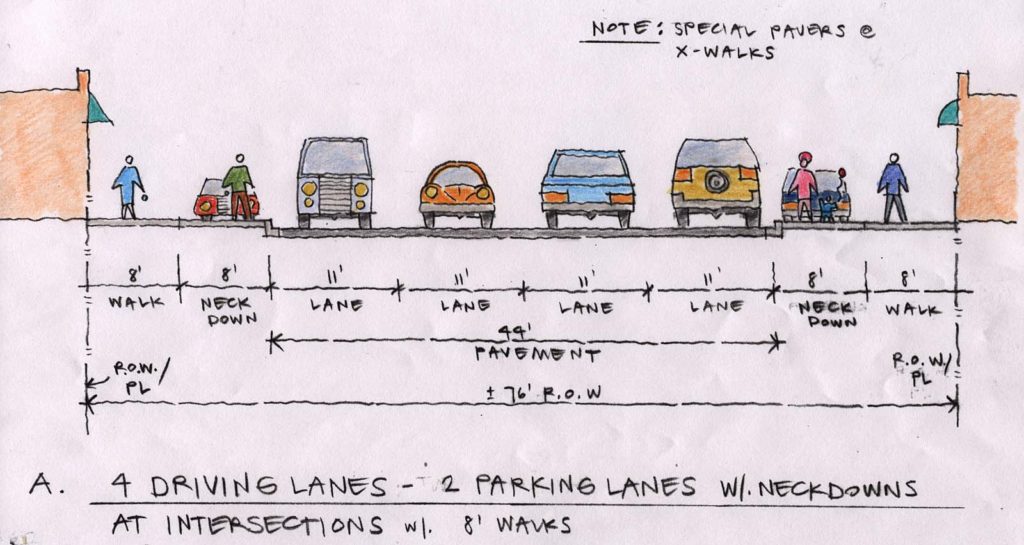
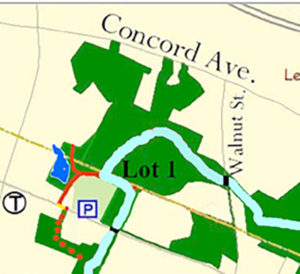
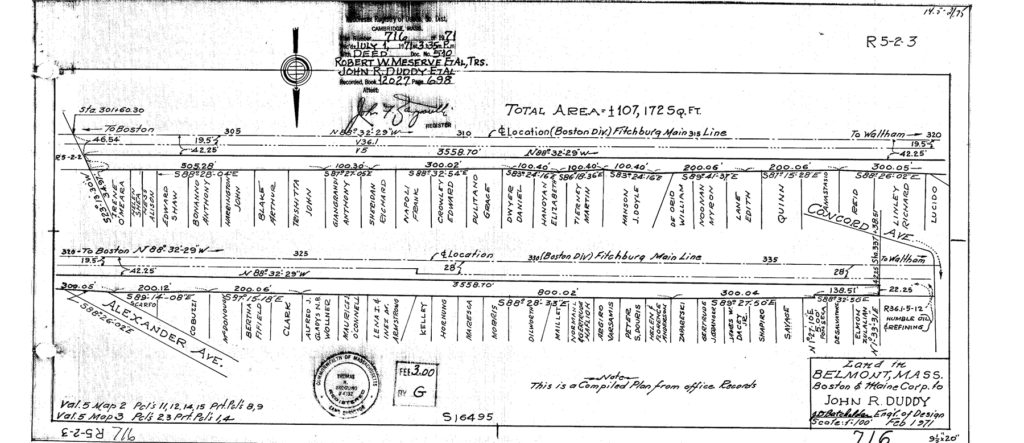
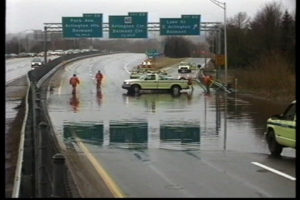
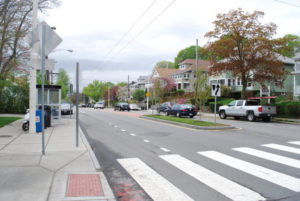

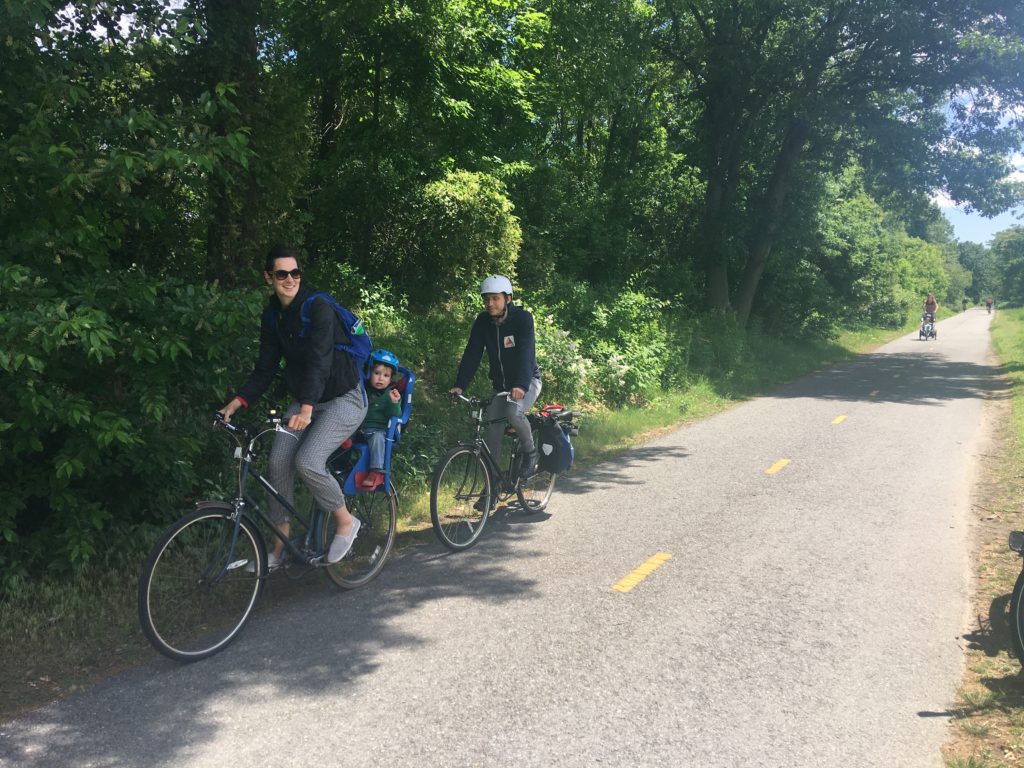

Sorry, the comment form is closed at this time.